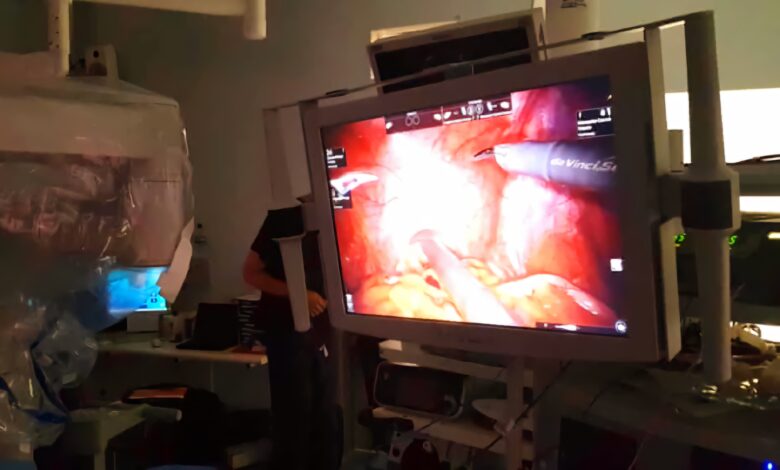Scientists develop fluorescent dye which can spotlight cancerous tissues invisible to naked eye

Scientists have developed a fluorescent dye that adheres to cancer cells, enabling surgeons to see and remove tiny cancerous tissues invisible to the naked eye, the Guardian reported.
This breakthrough, created by researchers at the University of Oxford and ImaginAb Inc., and funded by Cancer Research UK, aims to reduce the risk of cancer recurrence and minimize side effects.
In a trial involving 23 prostate cancer patients, the dye highlighted cancer cells during surgery, allowing surgeons to remove them more precisely while preserving healthy tissue.
The dye works by binding to a protein found on prostate cancer cells. This technique, which could potentially be adapted for other cancers, marks a significant step in improving surgical outcomes and patient quality of life.






